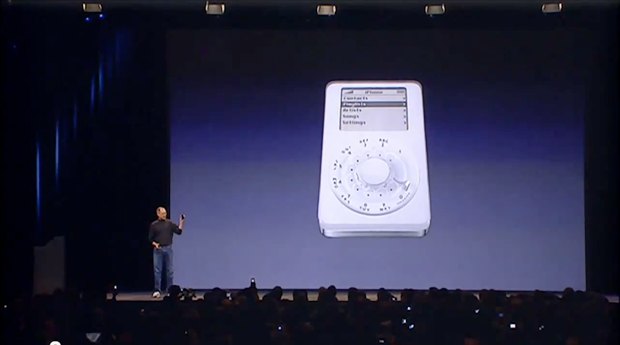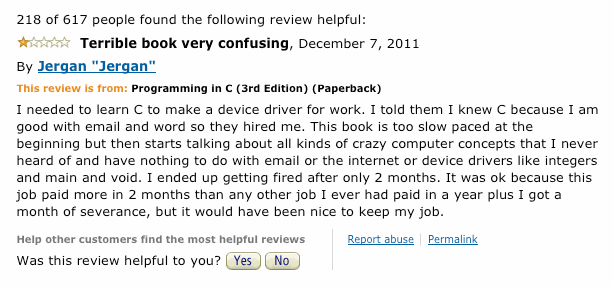CES is always a mixed bag for me. As someone who loves gadgets, CES coverage is addictive (my coworkers at CNET do a great job covering it every year feeding my addiction, however the opinions expressed in this post are solely my own). A select few things fascinate me, a few more interest me. The rest really leaves me wanting more. From my perspective it breaks down like this:
- 25% – Things that will never come to market – These are ideas that are either just totally impractical for technical or commercial reasons, or just products that are so poor the company comes to their senses early. I don’t mind when products are impractical to bring to market, at least at the current time. CES is a gadget geek’s auto show. Concept cars are awesome. So are concept gadgets. I
likelove seeing prototypes. Things that just are so poorly received they never materialize… well obviously boring. - 50% – Mundane – “OOh, you made a TV 0.5 mm thinner. Clearly the CEO of this company is the next Steve Jobs. A visionary that will change the world. Lets all throw out our TV’s and buy this.” I always wonder what Steve Jobs thought when he read about what was announced and demoed at CES. Lots of what gets fanfare is of the level that Apple releases silently releases with nothing more than taking the Apple Store down for maintenance and a small press release. It’s not just TV’s, phones do the same thing. Being a smartphone in 2012 is just status quo.
- 10% – Things I’d like to try – I’d be unlikely to justify the purchase, but I wouldn’t mind playing with things in this elite category. They include the MakerBot Replicator, I’mwatch, Fujifilm X-Pro 1, Netgear Range Extender. I’d never be able to justify a MakerBot, but I’d like to play with one. I suspect I may hate the I’mwatch, but it seems like it would at least be fun to try. Teathering is a major turnoff however. The X-Pro 1 seems quite expensive for what it is, but I love this high end non-SLR level we’re seeing now. I don’t have a real (read: $90) need for it, but Netgear’s range extender sounds like a good product for those areas where WiFi signals are a little degraded.
- 14% – Me too’s – This year’s “me too” category is the ultra portable laptop. The MacBook Air clones. Unfashionably late, and offering little imagination. Next.
- 1% – Could eventually change the world – I love this elite category. Ion Proton Sequencer is one of these. This particular model may go nowhere, but it’s a great example of where this stuff is headed. It will eventually change and save lives. Read up on it if you haven’t. Amazing. The other device is the Raspberry Pi (they have no booth). I’ve been following it since they announced it. I’ll order a few as soon as I’m able. Being able to make a full computer that small and affordable will change the world. For $25, I can put a computer I can write real software for in a situation where it may not survive or was previously not practical. It’s a giant step forward for computers everywhere. One way or another this will change things. This could change Linux usage.
So that’s my breakdown and what interests me personally so far. I’d be curious what others think of CES announcements this year.





